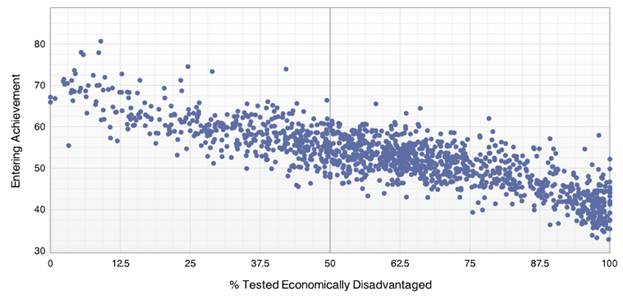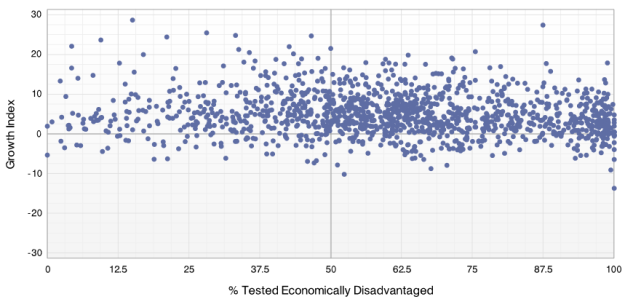“Ohio links teacher pay to test scores” was the headline of a recent CNN School of Thought blog. Yikes! With a headline like that, teachers might start heading for the hills. I kept reading through the blog hoping that it would better explain Ohio’s policy to use student growth data as one measure of teaching effectiveness in educator evaluation systems. However, all I could find were more references equating student academic growth to “test scores.”
While some may see this as a small difference in word choice, the author’s error actually grossly misrepresented Ohio’s policy, inciting hundreds of angry and fearful responses from educators. Comments such as the excerpts below are warranted given the misrepresentation.
“A good test score does not make me a good teacher, nor does a poor score mean that I am a poor teacher.” –Meee
“If I was a beginning teacher I would think twice about teaching challenging, special needs or deprived students, who historically do not necessarily score well on standardized testing.” –Veteran special ed. Teacher
“I predict an exodus of math teachers. It would be wise to recertify as a bongo instructor or deep-breathing teacher.” –robert.preston
However, one reader perfectly understands the magnitude of the falsification taking place here, and nailed it with the comment:
“Studies over the last several decades have consistently shown that the factor most strongly correlated with student success is socioeconomic status (SES)(see Sirin's 2005 meta-analysis or White's 1982 work on the subject). Linking teacher pay to student achievement would create a situation where high SES schools pay significantly better than low SES schools which would in turn create a situation where high SES schools have their pick of teachers while the low SES schools can only retain the teachers of their lowest achieving students.” -JG
Allow me to illustrate JG’s point using data from Tennessee’s public website, which allows users to sort schools by the percent of economically disadvantaged students enrolled in each school.

The teachers working in the economically disadvantaged schools in the lower-right quadrant would not fare well if achievement measures or test scores alone were used in their evaluation (as this CNN blog reports). However, this is not what Ohio is doing with their evaluation system. Ohio is using EVAAS to look at student growth across all tested grades and subjects, where students are measured against themselves and serve as their own statistical control. See how the schools would fare using this growth measure below:

This plot shows that there is no correlation between the students’ growth measure and their socioeconomic background for each school. Educators in all schools across the achievement and socioeconomic spectrums have the ability to show great gains with their students. As a former teacher, this seems significantly more fair to me.
In October 2011, the National Council on Teacher Quality reported that, “23 states require that teacher evaluations include…objective evidence of student learning in the form of student growth and/or value-added data.” With 23+ states making such a large-scale investment, this effort requires buy-in from teachers, administrators, policy makers, parents and other local stakeholders. Journalists - let’s not undermine their research and implementation efforts by boiling down these metrics to inaccurate buzz words that undermine the very purpose of their existence, which is to be more fair to educators and students. For the sake of much-needed implementation fidelity, let’s message this work appropriately to set these systems up for success!
